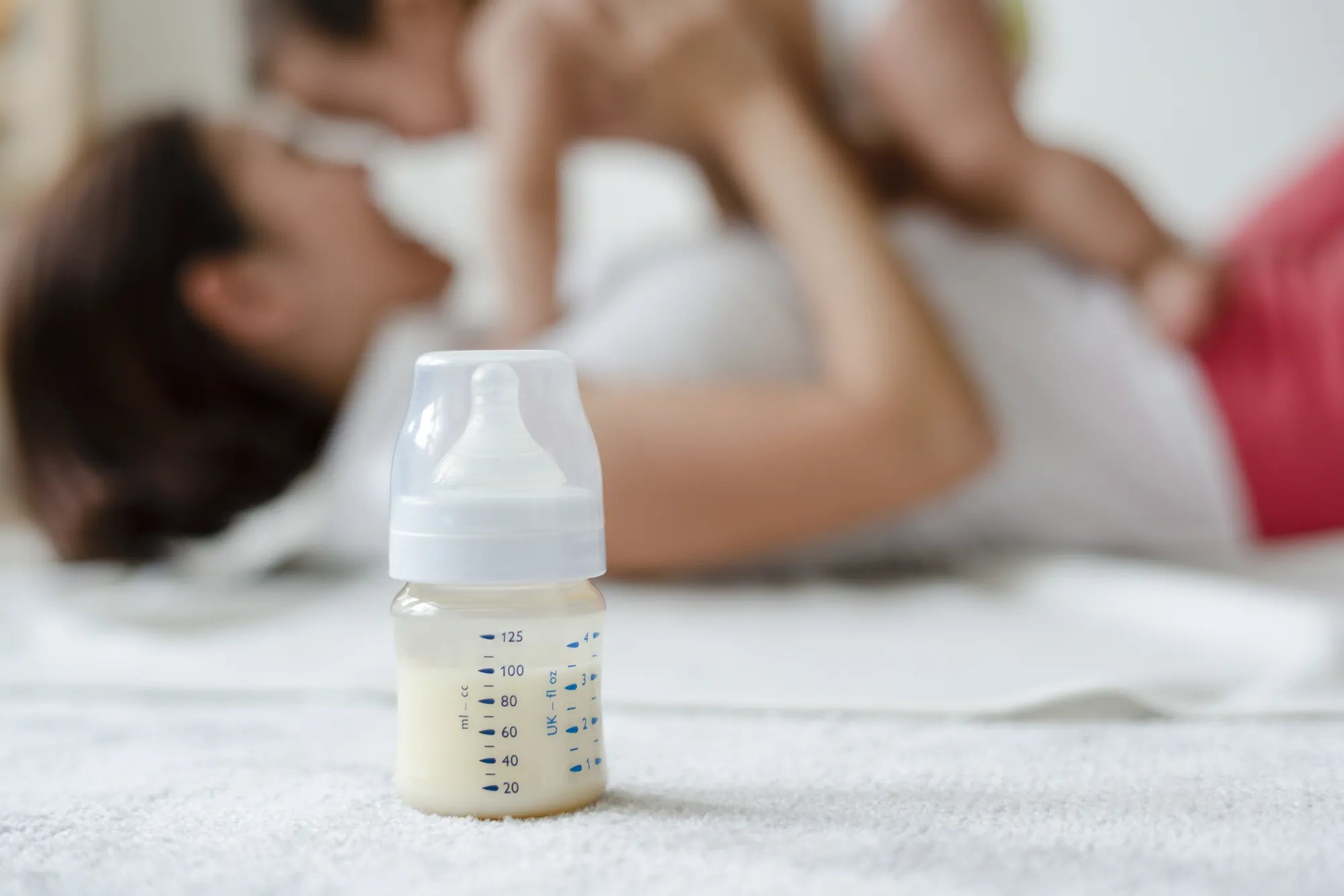Accueil
Pregnancy, Breastfeeding, and Pumping: The Ultimate Guide for Moms
Can Breast Pump Flange Size Change? What You Need to Know

Can Breast Pump Flange Size Change? What You Need to Know
When it comes to breastfeeding, comfort and efficiency are paramount. One often overlooked yet crucial aspect of this process is the fit of the breast pump flange. Many new mothers wonder, can breast pump flange size change? The answer is yes, and understanding why and how it can change is essential for a positive breastfeeding experience.
Understanding Breast Pump Flange Size
The breast pump flange, also known as the breast shield, is the part of the breast pump that fits directly over the nipple and areola. Its primary function is to create a seal that allows the pump to effectively express milk. The size of the flange is critical because an improper fit can lead to discomfort, reduced milk output, and even damage to the breast tissue.
Factors That Can Influence Flange Size
Several factors can cause a change in breast pump flange size. These include:
1. Changes in Breast Size
During pregnancy and postpartum, a woman's breasts undergo significant changes. Hormonal fluctuations, milk production, and the process of breastfeeding itself can all lead to changes in breast size. As a result, the flange size that was initially comfortable may no longer fit properly.
2. Weight Fluctuations
Weight gain or loss can also impact breast size and, consequently, the fit of the breast pump flange. Even small changes in weight can alter the shape and size of the breasts, necessitating a different flange size.
3. Postpartum Healing
After childbirth, the body goes through a healing process. Swelling and inflammation can affect the size and shape of the breasts, making it necessary to reassess the flange size as the body heals.
4. Prolonged Use
Over time, the repeated use of a breast pump can cause the breast tissue to adapt. This adaptation can lead to changes in the size and shape of the nipple and areola, requiring a different flange size for optimal comfort and efficiency.
Signs That Your Flange Size May Need to Change
It's important to recognize the signs that your breast pump flange may no longer be the right size. Some common indicators include:
- Pain or discomfort during pumping
- Reduced milk output
- Nipple soreness or cracking
- Swelling or redness around the nipple
- Difficulty maintaining a proper seal
How to Determine the Correct Flange Size
Finding the right flange size is crucial for a comfortable and effective pumping experience. Here are some steps to help you determine the correct size:
1. Measure Your Nipple
Use a ruler or a measuring tape to measure the diameter of your nipple. The flange size should be slightly larger than the nipple diameter to allow for proper movement and milk flow.
2. Consult a Lactation Specialist
A lactation consultant can provide valuable guidance in determining the correct flange size. They can assess your breast anatomy and recommend the appropriate size based on your individual needs.
3. Try Different Sizes
Many breast pump manufacturers offer flanges in various sizes. Trying different sizes can help you find the one that provides the best fit and comfort.
Tips for Maintaining Proper Flange Fit
Once you've found the right flange size, it's important to maintain a proper fit. Here are some tips to help you do so:
- Regularly reassess your flange size, especially if you notice any changes in breast size or shape.
- Ensure that the flange is properly aligned with your nipple before starting the pump.
- Replace worn or damaged flanges to maintain an effective seal.
- Use lubricants or nipple creams to reduce friction and discomfort during pumping.
The Importance of a Proper Flange Fit
A properly fitting breast pump flange is essential for several reasons:
- It ensures efficient milk expression, helping to maintain or increase milk supply.
- It reduces the risk of pain, discomfort, and damage to the breast tissue.
- It promotes a positive breastfeeding experience, encouraging mothers to continue breastfeeding for as long as they desire.
Understanding that breast pump flange size can change is crucial for any breastfeeding mother. By recognizing the factors that influence flange size and knowing how to determine the correct fit, you can ensure a comfortable and effective pumping experience. Regular reassessment and proper maintenance of your flange size will help you continue to breastfeed with confidence and ease.
Don't let an ill-fitting breast pump flange hinder your breastfeeding journey. Take the time to assess your flange size and make any necessary adjustments. Your comfort and your baby's nutrition are worth it!
Partager

